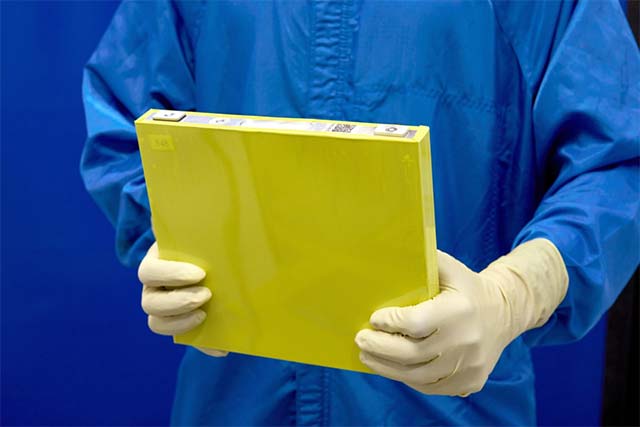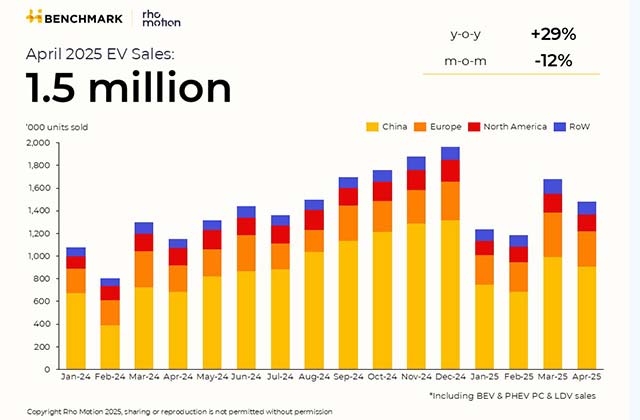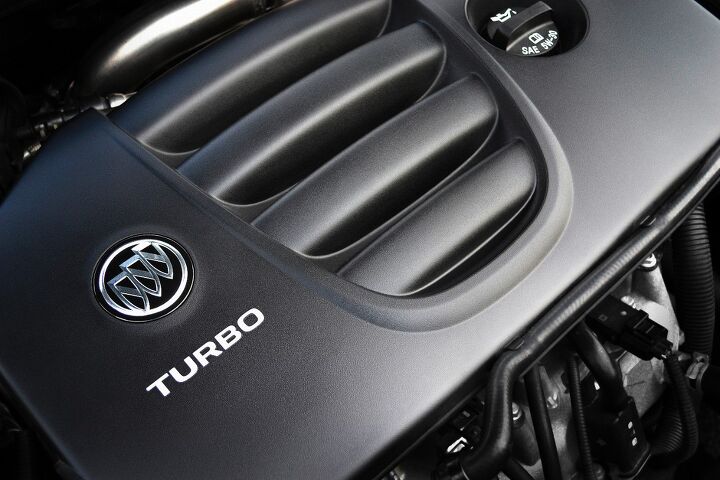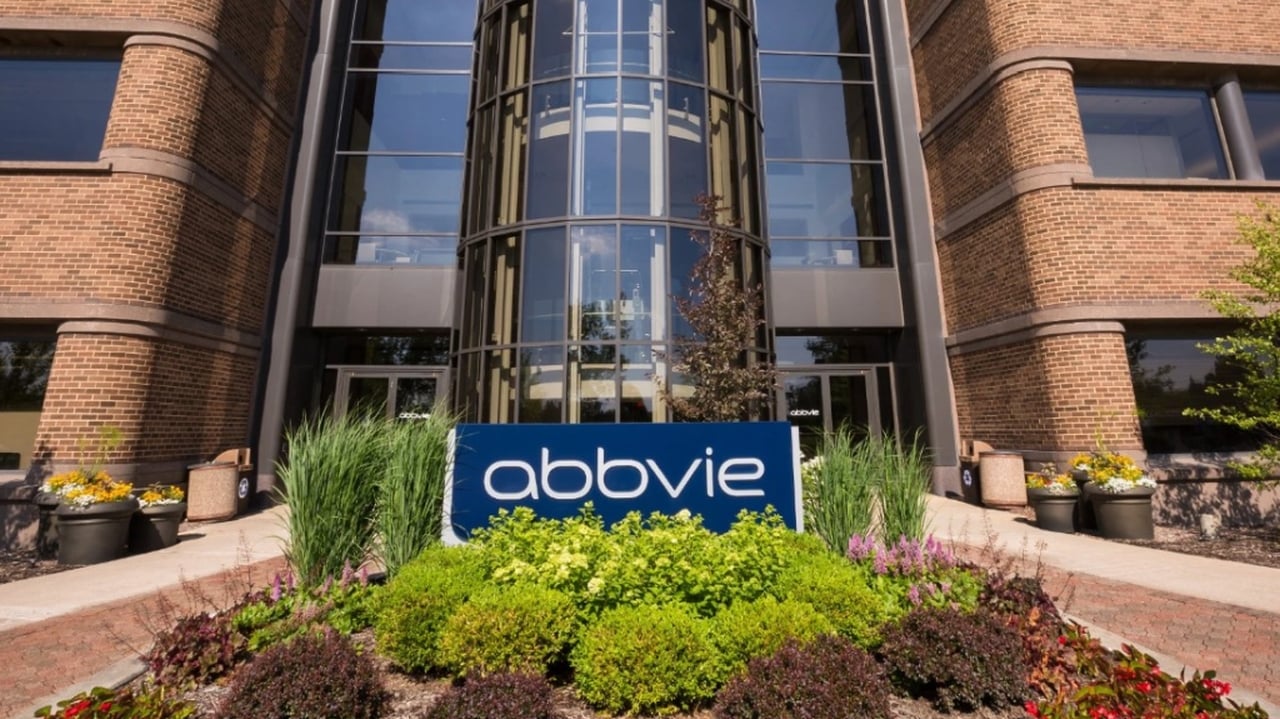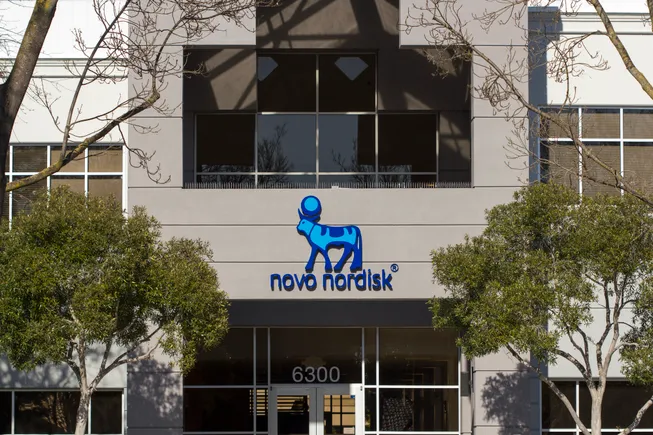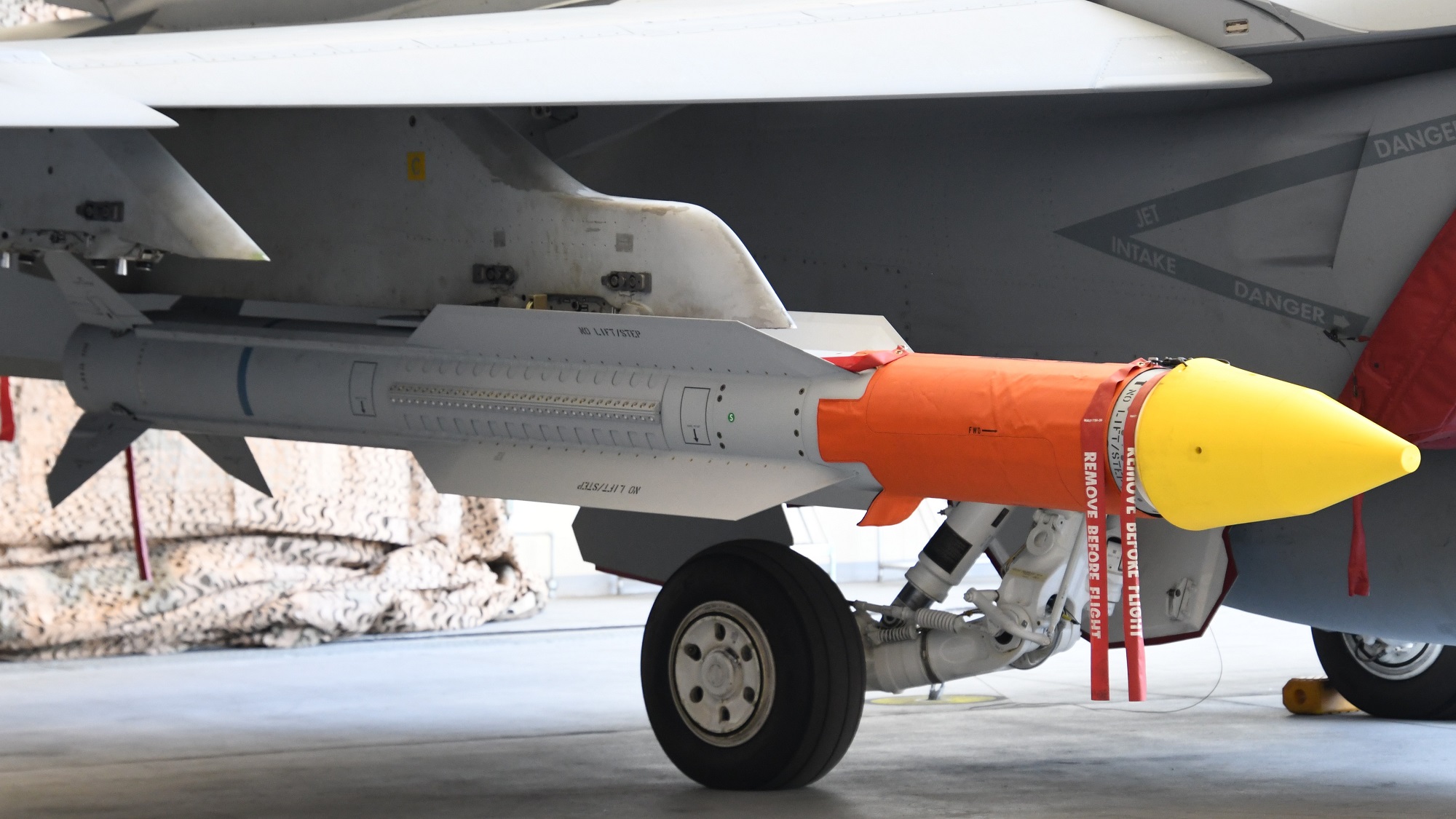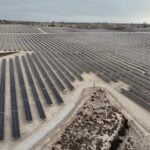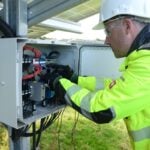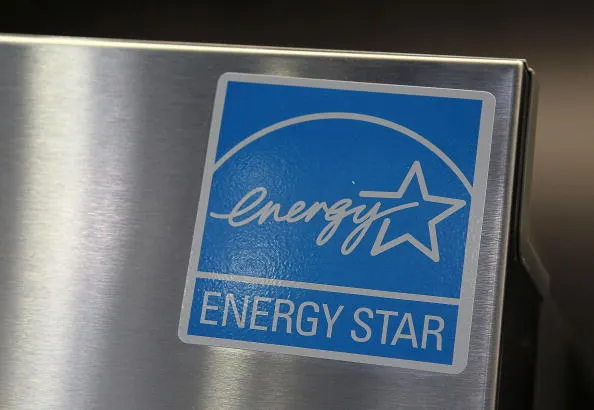Zn2⁺‐Rich Chelate Layer Facilitates Ultrahigh‐Rate Zinc Anodes Via Cation Compensation and Anion Repulsion
Advanced Energy Materials, Volume 15, Issue 18, May 13, 2025.

A Zn2+-rich chelate artificial SEI layer that effectively eliminates the interfacial concentration gradient via cation compensation and anion repulsion. The modified Zn anode achieves stable Zn plating/stripping for ≈1600 h at a high-current of 10 mA cm−2, with an average Coulombic efficiency of 99.8%.
Abstract
Aqueous Zn ion batteries hold great promise for next-generation large-scale energy storage systems due to their low cost, intrinsic safety, and environmental friendliness. However, the reversibility of Zn metal anodes is limited by severe side reactions and dendritic growth, caused by interfacial concentration gradients. To address this, a Zn2+-rich zinc phytate (ZP) chelate layer is introduced as artificial solid electrolyte interphase (SEI) that eliminates these concentration gradients through ions compensation. Theoretical calculations and experimental results demonstrate that the ZP layer, rich in Zn2⁺ ions and exhibiting strong chelating ability to capture more Zn2+, enables rapid and dynamic ion replenishment at the interface, significantly improving Zn2⁺ transport kinetics and ensuring a uniform Zn2⁺ flux. Moreover, the strong chelation of PO₄ groups restricts the 2D diffusion of Zn2⁺ ions, promoting the uniform Zn deposition. Additionally, the ZP layer repels anions and restricts water molecules migration at the Zn anode surface, fundamentally suppressing side reactions. As a result, the modified Zn anode exhibits stable Zn plating/stripping for ≈2400 h at 1 mA cm−2 and 1 mAh cm−2, with an average Coulombic efficiency of 99.8%. Furthermore, the assembled ZP@Zn//VO2 cell displays 87.5% capacity retention after 6000 cycles at the current density of 5 A g−1.

























